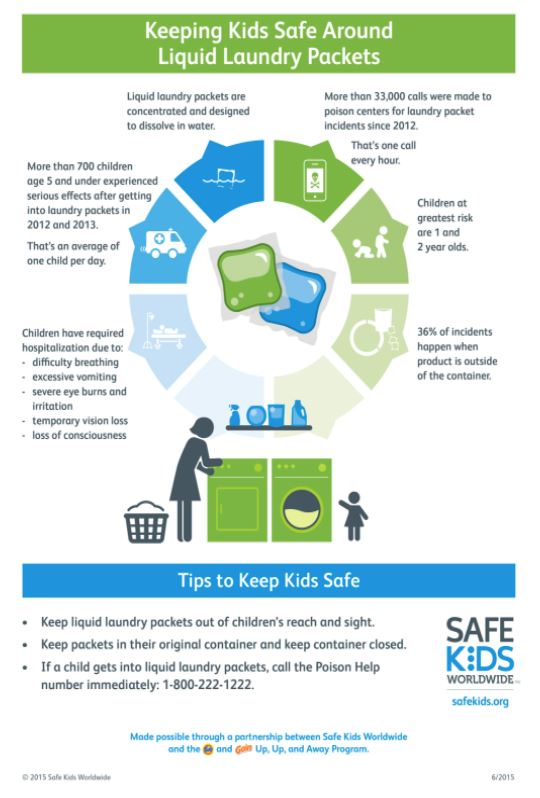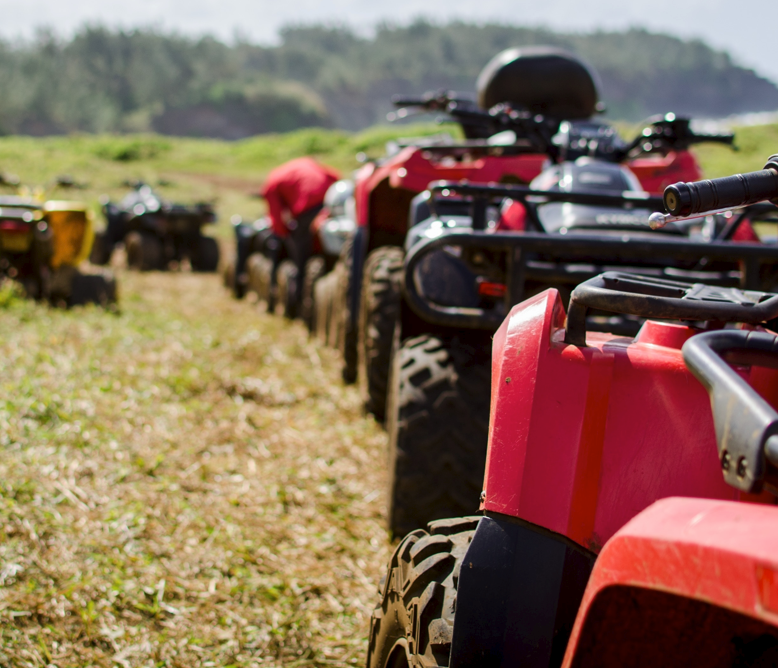Young children are explorers, and as they develop, they often learn by touch and by putting things into their mouths. This may be one of the reasons that poison control centers receive many calls each year about children getting into all kinds of laundry detergents.
Experts have found that those highly concentrated, liquid laundry and (dish soap packets) can cause serious harm to young children. The membrane of those packets is designed to dissolve when in contact with moisture, creating a risk of exposure when placed in the mouth or grasped by wet hands.
“As of March 31, 2022, poison control centers have managed 2,085 cases related to laundry detergent packet exposure in children 5 and younger,” as reported by the National Poison Data System, American Association of Poison Control Center. “Some children who have eaten the product have had excessive vomiting, wheezing, and gasping. Some get very sleepy. Some have had breathing problems serious enough to need a ventilator. There have also been reports of corneal abrasions (scratches to the eyes) when the detergent gets into a child’s eyes.”
While parents are encouraged to allow kids to explore and discover new things, they also need to ensure that we are keep those little ones safe. Here are a few tips to show you how to keep liquid laundry packets out of children’s reach and sight.
- Store packets up and out of reach of kids.
- Consider placing packets in a locked cabinet.
- Keep packets in their original container and keep the container closed.
- If a child gets into them, call the Poison Help number at once: 1-800-222-1222.You can reach your local poison control center by calling the Poison Help hotline: 1-800-222-1222. To save the number in your mobile phone, text POISON to 797979.
To learn more visit www.safekidsmissoula.org or call (406) 926-2522.


